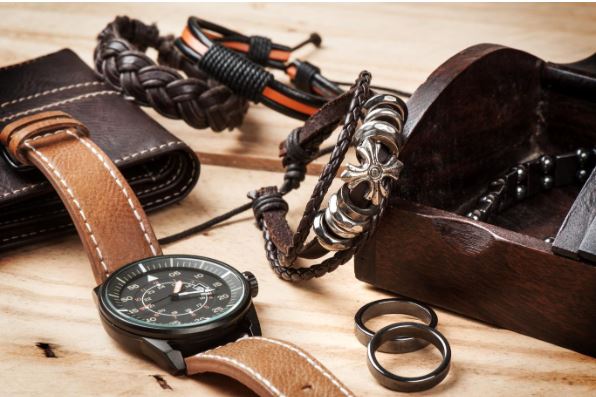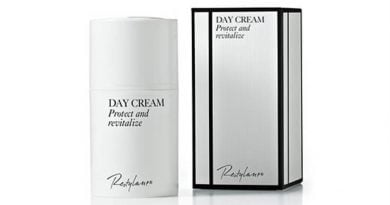Viking Fashion: Everything You Need to Know
Let’s face it – the average outfit you find in most stores is boring. Boots, jeans, and t-shirts are ubiquitous. Wouldn’t it be great to spice up your wardrobe with only one item? If only there were more to Viking fashion than horned helmets and swords!
Well, there is! With this guide, you can learn how to dress like a Viking for any occasion!
A Short History of Viking Fashion
Viking fashion was heavily influenced by their raid and travels across Europe. Initially, the style was characterized by heavy fabrics and bold colors. Clothing was tailored to the harsh climates, meaning fur and leather were common components.
As raids and travel increased, fabrics and clothing styles were imported from other cultures and still represented Norse symbols. With increased trade, natural dyes were used for brighter shades and patterns.
Authentic Viking Clothing
Authentic Viking clothing was an integral part of a Viking’s wardrobe, and it was often as much about practicality and looking good as it was about comfort. Vikings usually wore clothes made of wool, linen, fur, metal, and leather.
Viking clothing did not stand out from the rest of Europe during that time and it was very much influenced by the Scandinavian climate. Most garbs were of long-sleeved shirts and trousers, with cloaks, tunics, and mantles as outerwear.
Accessories for Viking Warriors
Viking warriors prided themselves on their fashion. Some of the most popular accessories they wore included metal amulets, often featuring religious symbols like Thor’s hammer.
They also used finger rings with intricate designs, arm rings, metal belts, and brooches. Brooches were both practical and aesthetic, being used to fasten garments while looking stylish.
Viking warriors also carried seax knives and various weapons, including axes and spears.
Choosing the Right Viking Attire for Your Personal Style
Viking fashion isn’t just about donning a horned helmet and carrying a battle ax. It’s also about selecting the garments that best express your personal style.
To get the most out of Viking attire, you should consider the different factors of Viking clothing, such as material, comfort, and fit. Be sure to select fabrics that allow your skin to breathe. Natural materials, such as linen and wool, are best in warm climates and climates with low humidity.
Viking Fashion Trends in Modern Times
Viking culture has infiltrated modern fashion trends in several ways. Many people love to incorporate Viking-inspired pieces into their wardrobes, especially those drawn to the Nordic aesthetic.
Among the popular pieces are mens cloak, including leather and fur jackets, horned helmets, chainmail, and Viking-inspired jewelry, such as arm bands, hammer and axe pendants, and beards.
Some have also taken cues from Viking clothing, such as an overtunic, apron, trousers, tunics with fur trim, and jackets with multiple straps and buckles.
Explore More About Viking Fashion
The Viking fashion was creative and experimental. Their clothing styles vary by rank and gender. Their literature, crafts, tools, and clothes were all works of art, helping you to better visualize what life was like during this era.
If you are interested in furthering your education in Viking culture, explore more for an enriching experience!
Did you find this article helpful? Check out the rest of our blogs!




